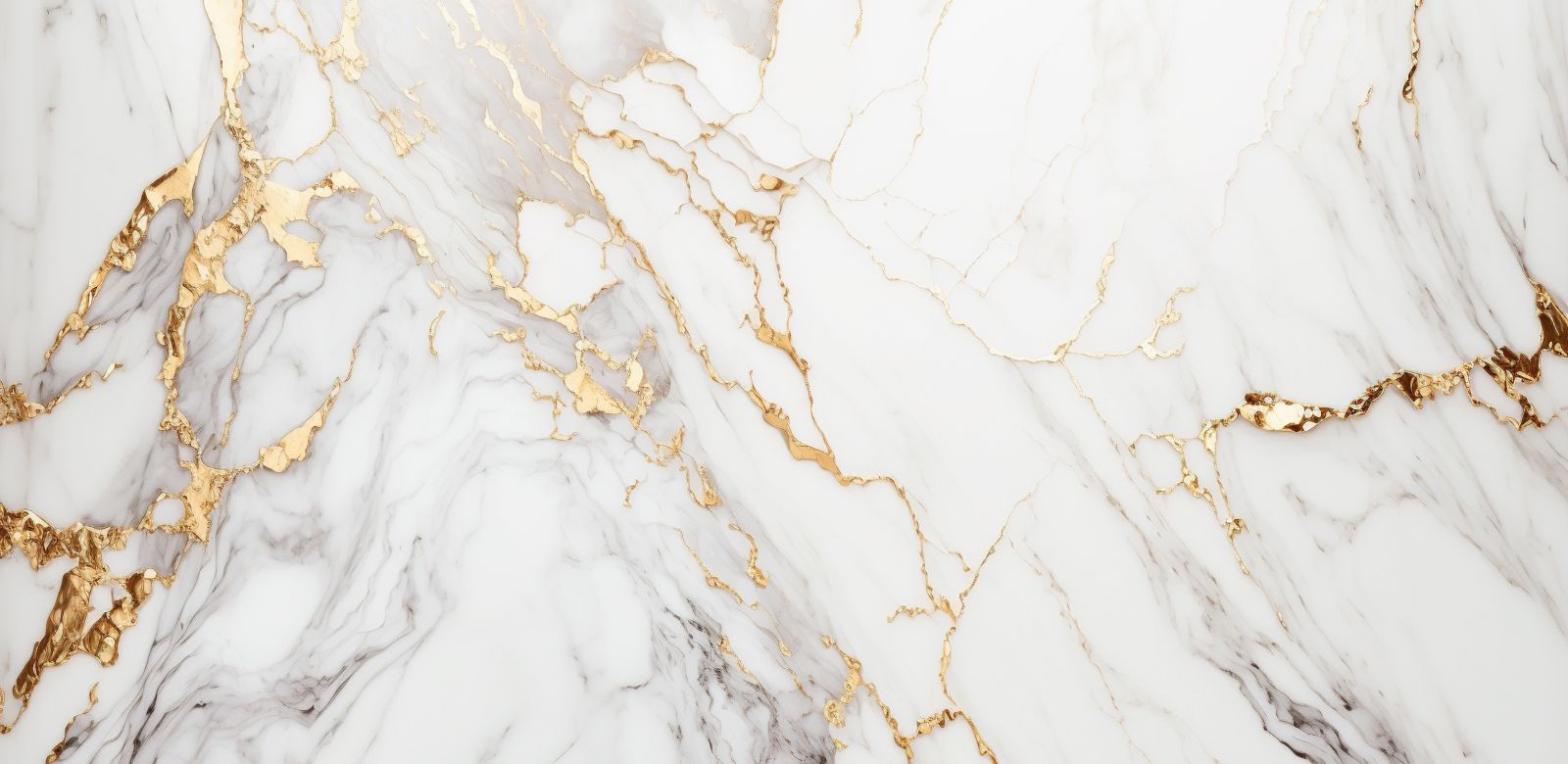



If you’re born with clear, normal skin, you’re one of the lucky few. Indeed, getting clear skin is an everyday challenge preventing many people from enjoying youthful, healthy, and glowing skin.
And while there are many cosmetic products in the market promising to be the best skin care solution for clear and radiant skin, not all of them work for various skin types and situations.
If you’ve been looking for ways to give your damaged skin a new lease on life, then getting a chemical peel might be the solution you’re looking for.
Chemical peels treat skin damage brought about by sun exposure, acne, clogged pores, and scarring. It can also combat signs of aging that leave your skin with fine lines, uneven skin tone, and a dull complexion.
Keep reading to learn more about what chemical peels are, what they do for your skin, and how we can offer you the best deals in Southern California.

A chemical peel is a procedure that involves applying a chemical solution to the skin to exfoliate and peel off its top layers. Doing so removes damaged skin cells, revealing healthier and smoother skin underneath.
Chemical peels can be applied to the face, hands, and neck to treat wrinkles, discolored skin, and scars. They can be performed alone or in combination with other cosmetic procedures done at different depths, from light to deep.
You may need to undergo the procedure more than once to get the desired results with a light or medium peel. But with deeper chemical peels, it may take longer for you to recover because they usually offer more dramatic results.


There are three types of chemical peels based on how deeply they exfoliate your skin:
A light or superficial chemical peel uses mild acids like alpha-hydroxy acid (AHA) to remove the epidermis, the skin’s outermost layer. It’s used to treat fine wrinkles, acne, uneven skin tone, and dryness.
Because superficial peels do not penetrate the deeper layers, they involve a lower risk of side effects and a quicker recovery. But since they are much gentler on the skin than other peels, it may take 3–5 professional treatments for you to see the results you want.
You can get superficial peels every 2–5 weeks. They may take up to a week to heal.
A medium chemical peel uses trichloroacetic acid (TCA) or glycolic acid to remove skin cells from the epidermis and portions of the upper part of your dermis, the skin’s middle layer.
It’s used to treat fine wrinkles, sun-damaged skin, minor hyperpigmentation, and minor acne scars.
Like superficial peels, you might need to repeat the procedure to achieve or maintain the desired result. Medium peels usually take 7–14 days to heal.
A deep chemical peel often uses phenol or TCA to remove skin cells located deeper than the upper part of the dermis. It is recommended for deeper wrinkles, scars, or precancerous growths.
With deep chemical peels, you usually don’t need repeat procedures to get the full effect. However, they may take up to three weeks to heal.
If you’re a person suffering from the following skin conditions, then you might want to consider getting a chemical peel:
However, you should avoid getting chemical peels if you:
Keep in mind that sagging skin, bulges, and deeper wrinkles do not respond well to chemical peels. If these are your problems, you may need other kinds of cosmetic procedures, such as laser resurfacing and filler injections. You may also go for plastic surgeries like facelift, brow lift, or eyelid lift.

A chemical peel is usually done at the doctor’s office or in an outpatient surgical facility.
Before the procedure, our aesthetician will instruct you to clean your face, tie your hair back, and cover your eyes with gauze or goggles.
Pain relief isn’t typically needed for a light chemical peel. If you’re having a medium peel, you might be given a sedative or painkiller.
For deep peels, our aesthetician will give you sedative or regional anesthesia to numb large treatment areas.
During a light chemical peel, Dr. Agha uses a brush, cotton ball, gauze, or sponge to apply a chemical solution containing glycolic acid or salicylic acid to the treatment area. Your skin will start to whiten, and you may experience a slight tingling sensation.
Once complete, the chemical solution will be removed, and a neutralizing solution will be added.
In a medium chemical peel, Dr. Agha uses a cotton-tipped applicator or gauze to apply a chemical solution containing TCA, sometimes in combination with glycolic acid. The skin will begin to whiten.
After a few minutes, Dr. Agha applies a cold compress to soothe the treated skin. You might also be given a handheld fan to cool your skin.
Though no neutralizing solution is needed, you might feel a tingling and burning sensation for up to 20 minutes.
If you’re getting a deep chemical peel, you’ll first be sedated before Dr. Agha applies carbolic acid to your skin using a cotton-tipped applicator. Your skin will begin to turn white or gray.
To limit the skin exposure to the acid, he will do the procedure in 15-minute intervals. The entire process might take 90 minutes.
Your recovery depends on the type of chemical peel you underwent. Our aesthetician will give you specific instructions on how to take care of your treated skin, like how often to wash your face and what moisturizer to use.
General Instructions
| Light Chemical Peel | Medium Chemical Peel | Deep Chemical Peel | |
|---|---|---|---|
| How long is the duration of your recovery? | 3-7 days | 5-7 days | 2 weeks |
| What will you experience during recovery? |
-Redness -Scaling -Temporary lightening or darkening of the skin |
-Redness -Swelling -Crusts and brown blotches before revealing new skin |
-Severe swelling -Redness -Burning sensation -White spots or cysts |
| When can you get the next session? | 1-4 weeks | 6-12 months | 6-12 months (only if needed) |

Depending on the type of chemical peel you got, you’ll enjoy…
Redness, scabbing, and swelling are three of the usual side effects of chemical peels. The redness may even last for a few months in medium or deep chemical peels.
But there are also rare but serious and permanent risks and complications, such as:
Make sure that you choose an experienced and board-certified plastic surgeon or dermatologist to administer your chemical peels and lessen your chances of developing these complications.
According to the American Society of Plastic Surgeons, the current average cost of a chemical peel is $673, with a wide range of $150 to $3,000, depending on the type of chemical peel you’re getting.
The procedure’s actual cost will vary depending on factors like location, the provider’s expertise, type of chemical peel, anesthesia, and extent of the treatment area.
Like most spa procedures, chemical peels are not covered by insurance, so it’s best to talk with Dr. Agha to discover your financing options.
Board-certified plastic surgeon Dr. Agha offers these chemical peels in Southern California in addition to other cosmetic treatments that can help you achieve more vibrant and youthful skin.
Schedule Your Consultation
Get a private and personalized consultation at our beautiful practice in Newport Beach, CA.
3701 Birch St. #200, Newport Beach, CA 92660
By providing a telephone number and submitting the form you are consenting to be contacted by SMS text message. Message & data rates may apply. Reply STOP to opt out of further messaging.
If you would like to know more about how your data will be used, please review our Privacy Policy.